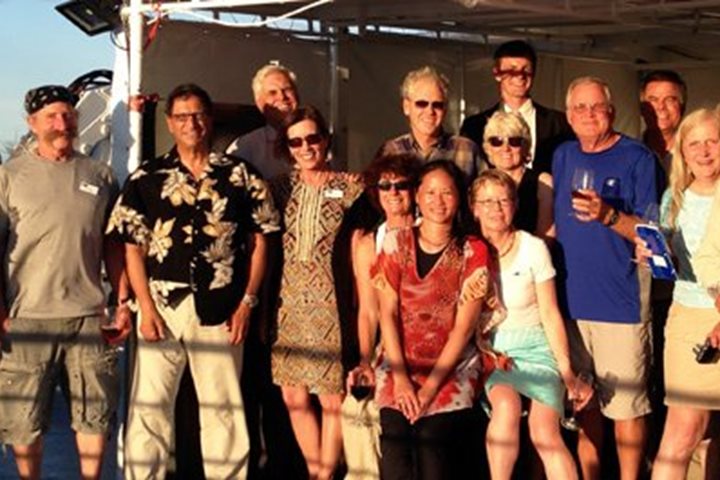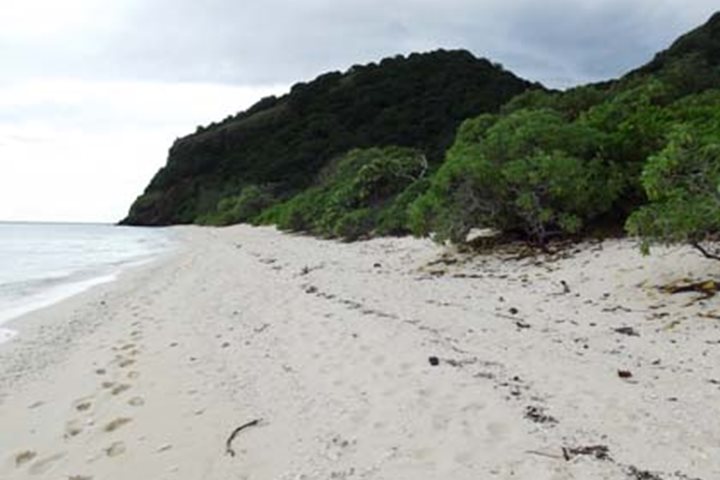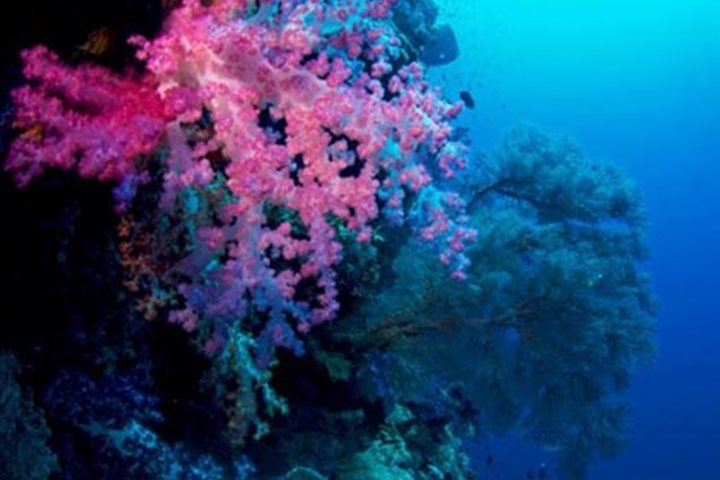We’re on our way today from Micronesia, the “little islands” to Indonesia, the “islands of the Indies.” On a beautiful calm day, we are crossing the very western-most little section of the Pacific Ocean. It’s an interesting bit of geography because the boundaries of oceans and seas are often hard to define and frequently quite arbitrary. But in this case the names and nature of the seas to our west are really very significant.
To the north of our course is the Philippines Sea, enclosed between those islands and the thin arc of the Marianas to their east. South of us is New Guinea, the second largest island in the world and the fabled home of headhunters and birds of paradise. And to the east is the great expanse of the Pacific, the largest of the Earth’s oceans, covering nearly one third of the planet – an area greater than all of the land surface combined!
In the west things get complicated. Between the Philippines and the mainland of Asia is the South China Sea, and south of that are a string of little seas caught among the great islands of the Malay Archipelago. Their names – the Sulu Sea, the Celebes Sea, the Banda Sea, the Arafura Sea – evoke exotic tales of Arab traders and Chinese merchants, rare spices and Dutch forts and all the mysteries of the many peoples living among these thousands of islands. Further west we can find the Java Sea and the Straits of Malacca, beyond which opens the wide expanse of the Indian Ocean, which reaches west to India and Africa.
This region of big islands and small seas is the Indo-Pacific, the lacy, crenellated border between the two great oceans. It is a rich and beautiful transition zone between them and between Asia and Australia, a unique crossroads of biogeography and human culture. And there is one more geographic pearl here – one that does not appear on most maps but is possibly the most important of all to our expedition: the Coral Triangle. This roughly triangular region, with its corners at the Philippines in the north, the Lesser Sunda Islands in the west and the Solomon Islands in the east, encloses most of these small seas and is the epicenter of coral reef biodiversity of the planet. There are more species of beautiful reef fish and more species of the gorgeous corals that construct their habitat here than in any other part of the world. Many more!
Tonight we will cross the invisible border of this remarkable region, leaving the Pacific behind us and entering the small seas of the Indo-Pacific, with many adventures ahead!







